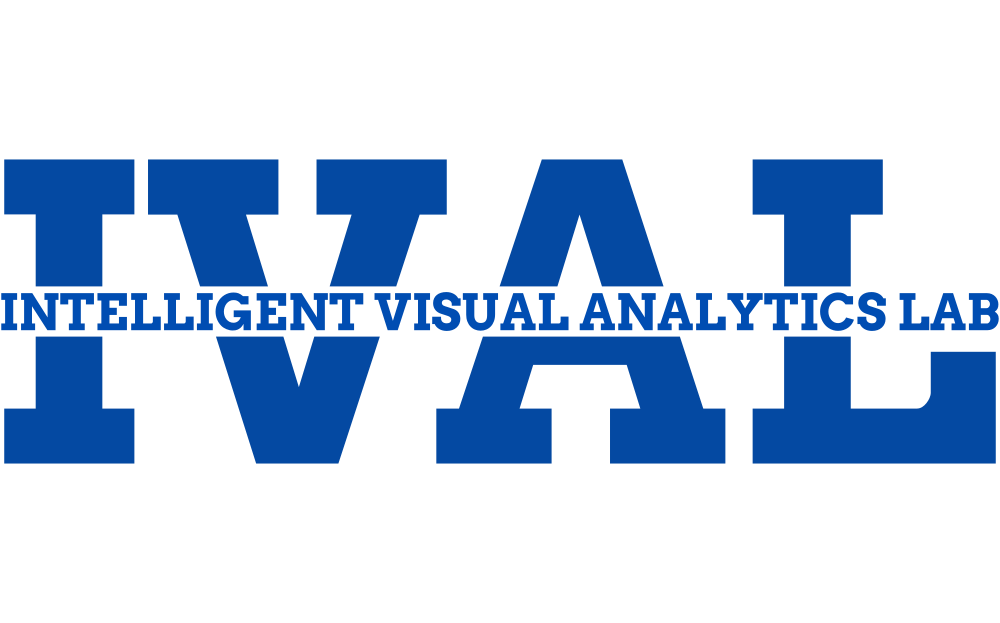Diverse Video-based Generative Performance Benchmarking (VCGBench-Diverse)
Video Question Answering on MVBench
Video-based Generative Performance Benchmarking
- Jun-13-24: VideoGPT+ paper, code, model, dataset and benchmark is released. 🔥🔥
VideoGPT+ integrates image and video encoders to leverage detailed spatial understanding and global temporal context, respectively. It processes videos in segments using adaptive pooling on features from both encoders, enhancing performance across various video benchmarks.
- VideoGPT+ Model: We present VideoGPT+, the first video-conversation model that benefits from a dual-encoding scheme based on both image and video features. These complimentary sets of features offer rich spatiotemporal details for improved video understanding.
- VCG+ 112K Dataset: Addressing the limitations of the existing VideoInstruct100K dataset, we develop VCG+ 112K with a novel semi-automatic annotation pipeline, offering dense video captions along with spatial understanding and reasoning-based QA pairs, further improving the model performance.
- VCGBench-Diverse Benchmark: Recognizing the lack of diverse benchmarks for video-conversation tasks, we propose VCGBench-Diverse, which provides 4,354 human annotated QA pairs across 18 video categories to extensively evaluate the performance of a video-conversation model.
Video-ChatGPT introduces the VideoInstruct100K dataset, which employs a semi-automatic annotation pipeline to generate 75K instruction-tuning QA pairs. To address the limitations of this annotation process, we present \ourdata~dataset developed through an improved annotation pipeline. Our approach improves the accuracy and quality of instruction tuning pairs by improving keyframe extraction, leveraging SoTA large multimodal models (LMMs) for detailed descriptions, and refining the instruction generation strategy.
Recognizing the limited diversity in existing video conversation benchmarks, we introduce VCGBench-Diverse to comprehensively evaluate the generalization ability of video LMMs. While VCG-Bench provides an extensive evaluation protocol, it is limited to videos from the ActivityNet200 dataset. Our benchmark comprises a total of 877 videos, 18 broad video categories and 4,354 QA pairs, ensuring a robust evaluation framework.
We recommend setting up a conda environment for the project:
conda create --name=videogpt_plus python=3.11
conda activate videogpt_plus
git clone https://github.com/mbzuai-oryx/VideoGPT-plus
cd VideoGPT-plus
pip install torch==2.1.2 torchvision==0.16.2 --index-url https://download.pytorch.org/whl/cu118
pip install transformers==4.41.0
pip install -r requirements.txt
export PYTHONPATH="./:$PYTHONPATH"Additionally, install FlashAttention for training,
pip install ninja
git clone https://github.com/HazyResearch/flash-attention.git
cd flash-attention
python setup.py installWe provide instructions to reproduce VideoGPT+ results on VCGBench, VCGBench-Diverse and MVBench. Please follow the instructions at eval/README.md.
We provide scripts for pretraining and finetuning of VideoGPT+. Please follow the instructions at scripts/README.md.
A comprehensive evaluation of VideoGPT+ performance across multiple tasks and domains.
- Video-ChatGPT: A pioneering attempt in Video-based conversation models.
- LLaVA: Our code base is build upon LLaVA and Video-ChatGPT.
- Chat-UniVi: A recent work in image and video-based conversation models. We borrowed some implementation details from their public codebase.
If you're using VideoGPT+ in your research or applications, please cite using this BibTeX:
@article{Maaz2024VideoGPT+,
title={VideoGPT+: Integrating Image and Video Encoders for Enhanced Video Understanding},
author={Maaz, Muhammad and Rasheed, Hanoona and Khan, Salman and Khan, Fahad Shahbaz},
journal={arxiv},
year={2024},
url={https://arxiv.org/abs/2406.09418}
}
@inproceedings{Maaz2023VideoChatGPT,
title={Video-ChatGPT: Towards Detailed Video Understanding via Large Vision and Language Models},
author={Maaz, Muhammad and Rasheed, Hanoona and Khan, Salman and Khan, Fahad Shahbaz},
booktitle={Proceedings of the 62nd Annual Meeting of the Association for Computational Linguistics (ACL 2024)},
year={2024}
}
This work is licensed under a Creative Commons Attribution-NonCommercial-ShareAlike 4.0 International License.
Looking forward to your feedback, contributions, and stars! 🌟 Please raise any issues or questions here.























